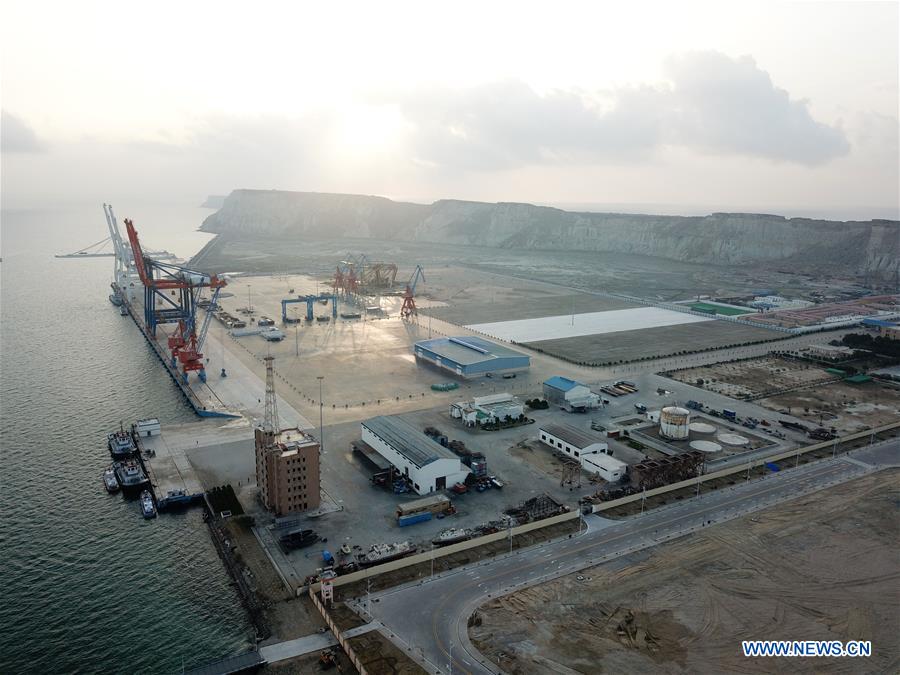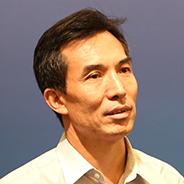
(Xinhua)
In a televised address to troops in Virginia in August 2017, U.S. President Donald Trump highlighted his strategy to increase pressure on Pakistan to deny safe haven to terrorists as part of the re-vamped U.S. approach to Afghanistan. His rebuke to the country was the first of a series of comments warning there was “much to lose,” including a tweet on January 1st that accused Pakistan of “lies & deceit.” Secretary of State Rex W. Tillerson was quoted as saying, “We’re going to be conditioning our support for Pakistan and our relationship with them on them delivering results in this area.” As the United States went on to announce that $255 million in aid would be withheld from Pakistan, Chinese Foreign Ministry spokesperson Hua Chunying rushed to defend its “all-weather ally,” according to articles in The Guardian and The Hindu, saying Pakistan was at the “frontline of fighting terrorism,” and “making an important contribution to upholding peace and stability.”
It’s no secret that the two countries, Pakistan and China, have recently strengthened their long-standing relationship. Pakistan was one of the first countries to recognize the Chinese communist regime in 1950, and now, with preparations for the China-Pakistan Economic Corridor well underway, ties between Beijing and Islamabad seem to be stronger than ever. According to a senior economist in Karachi, “As the U.S. looks inward, China is reaching out.”
Examples of China’s renewed investment in the relationship include recently announced plans to build a second port in the city of Gwadar, in Pakistan, with this base tailoring specifically to warships. While both governments deny claims of Chinese military facilities being planned or built on Pakistani soil, speculation is rife, especially because Gwadar Port is a linchpin for the Belt and Road Initiative to link China to Africa, Europe, and beyond. Besides rumours of this naval base, Chinese investment in the country has been on the upswing for the past few years. In June 2016, The Express Tribune reported that more than 50 percent of Pakistan’s total FDI in the first 11 months of the fiscal year came from China alone, a 144.2 percent increase on the previous year. In April 2017, CNBC reported that China had provided over $1 billion in loans to bolster Pakistan’s foreign currency reserves. And with the initiation of CPEC agreements, China is set to invest approximately $62 billion in its South Asian neighbour, building highways, energy pipelines, and industrial parks.
So, what does this shift in relationship dynamics mean for all the countries involved? China certainly has a lot more negotiation power when it comes to dictating economic development policy and CPEC terms. If the rumours around the development of a military presence in Gwadar are true, then this influence may well extend to foreign policy decisions and governance within the country. Pakistan’s military has always been a dominant force in the country’s political landscape, and close ties with China will only bolster that position. With a history of military coups and dictatorships, this does not bode well for Pakistan’s always-precarious civilian democracy.
University of Oxford scholar Abhishek Parajuli does not see this as promising for the U.S. either. In his article for The Guardian, Parajuli says, “Xi Jinping, the Chinese president, is not a man predisposed to smiling. And yet, as I watched Donald Trump outline his Afghanistan strategy, I could easily imagine his face lighting up. If there is one clear winner of the new approach… it is China.” By giving China room to enhance its presence in Pakistan, Parajuli says, the U.S. has mis-stepped in its strategy to use India and China to counterbalance each other’s growing influence in South Asia. The potential naval base at Gwadar, Professor Swaran Singh points out, would be very close to Chabahar Port in Iran, a trading port that India has invested more than $100 million in recently to promote its trade with Afghanistan and Central Asia, bypassing Pakistan. C. Christine Fair, in Foreign Policy, claims China has “cultivated Pakistan as a client… in an effort to counter both American influence and… harangue India,” but is critical of the “all weather” friendship, citing that when Pakistan went to war with India in 1965, 1971 and 1999, China did little or nothing.
For the U.S., a powerful military in a country with a fledgling democracy, an increasingly influential China, and India’s ambitions checked by a more confident Pakistan spell trouble in the South Asian region. President Trump explicitly called on India to increase engagement in Afghanistan, demonstrating that Washington’s year-long strategy of pitting New Delhi and Islamabad against each other is being put into play once again, setting off “alarm bells” in Pakistan. Officials in the country have often cited Indian influence as a cause of the instability both within the border, and across it, in Afghanistan. Sehar Kamran, a Pakistani opposition senator, opined “pushing India to play a stronger role inside Afghanistan would isolate Washington’s friends in Islamabad “without realizing, understanding or perhaps deliberately underestimating the impact of increasing Indian presence on Pakistan’s western border.”
One thing is clear: as multiple power shifts shake the region, the threat of increased tensions and unnecessary flexing of military muscle threaten to undo much of the diplomatic and anti-terror progress that has been made in recent years.

